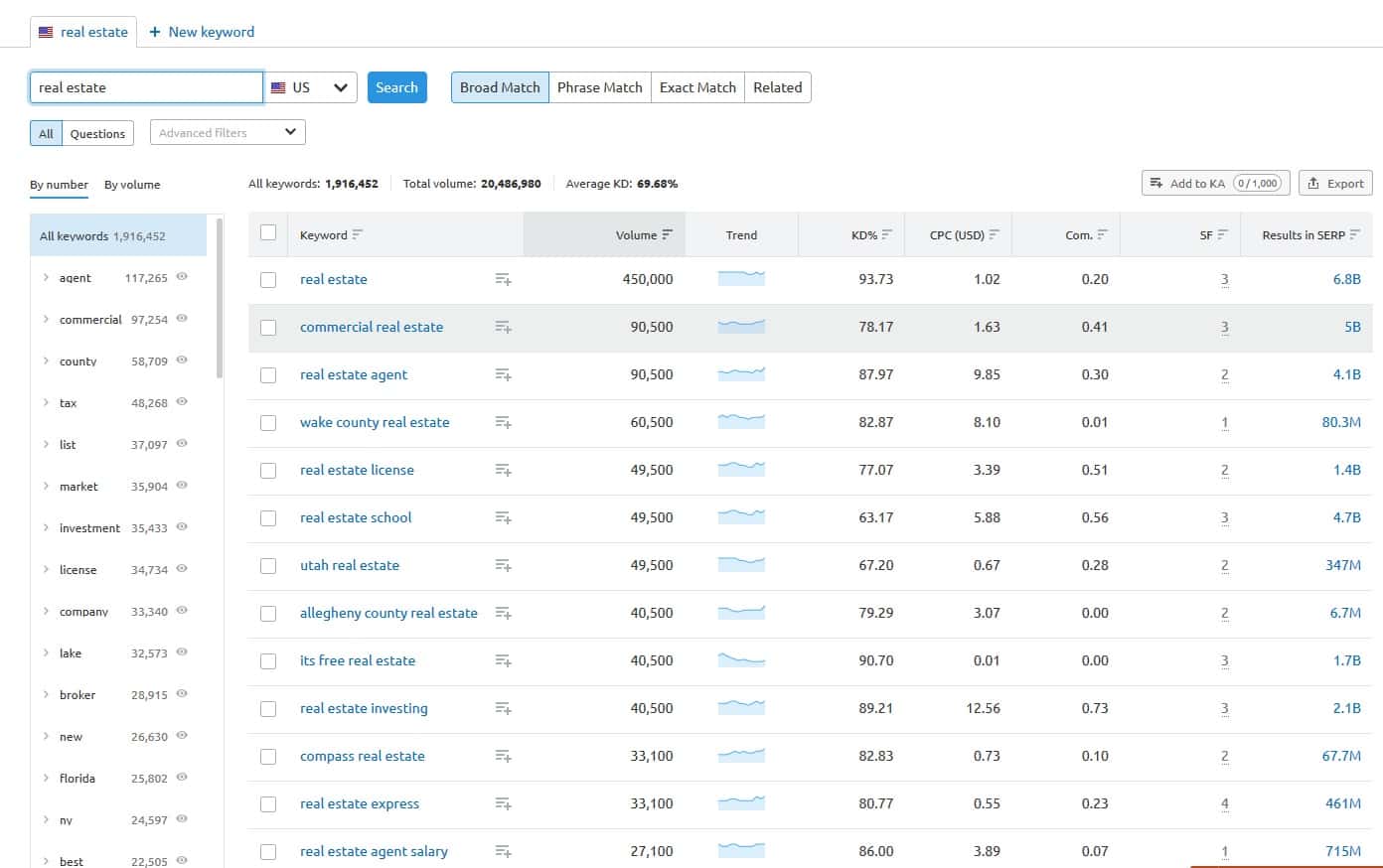To do effective Search Engine Optimization (SEO), you must be very educated about keywords and learn how to choose long-tail keywords. Almost everything you do in your SEO campaign is rooted in your chosen keywords. If you pick the wrong keywords, it will be an uphill battle. On the other hand, selecting the right keywords increases your chance of getting consistent search engine traffic.
Remember that the term ‘keyword’ in SEO has a subcategory known as ‘long-tail keyword.’ In this article, you will learn what it is, why you should use it, how to generate it, and how to pick the right ones.
Long-Tail Keywords – What are long-tail keyword phrases
Long-tail keywords are easy to understand and identify. Generally, most SEO practitioners would agree that long-tail keywords mean a keyword with three or more words. For example, “cheap antique books” or “affordable minimalist wooden table.”
Here’s what you need to understand in SEO — the more words in your keyword, the lesser the competition. However, the maximum potential traffic also diminishes. Nevertheless, you’d rather be #1 on a term searched 100 times a month versus ranked 100th on a term with 1 million searches a month. Remember that the distribution of views from rank 1-100 is not linear. 80% of the traffic for specific keywords goes to the first page of the search engine results. It only gets worse from there.
In other words, even if you are ranked 100th for a keyword that has a million searches per month, your site might as well not exist in the universe. This is because non-existent and 100th websites receive almost the same amount of traffic from a specific keyword.
What Are Its Pros And Cons?
Long-tail keywords offer plenty of benefits, so every SEO practitioner should incorporate a good portion of the campaign for targeting these gems.
Pros
* Less Competition – the beauty of long-tail keywords is that most are already niche-specific, so you’ll steer clear from the big boys with the big guns. Big companies with a vast marketing budget would instead target fewer keywords because it provides the highest traffic potential. The critical point here is these companies have the budget to make it succeed. For most small businesses, a huge marketing budget is not a luxury they can afford to spend. Hence, it is better to go for less competitive keywords and get some traffic rather than none.
* Higher ROI—When you target long-tail keywords, you’ll also choose niche-specific terms significantly related to your business. As a result, this attracts traffic to precisely what you are looking for or at least signific-associated considerably primary business. Hence, you’ll have a higher return on your investment because you won’t be spending money attracting traffic that’s not interested in what you are offering.
Cons
A long-tail keyword does not have all ups and downs. One major downside is that long-tail keywords have lower maximum traffic potential. However, the trick here is to rank for many long-term keywords, so those trickles of traffic will add up to something very substantial.
How To Generate Long-Tail Keywords
There are two fundamental ways of generating long-tail keywords. There’s the free and the paid method. Generally, paid methods provide more keywords and reduce your research time.
Example: Semrush tool to find long tail keywords :

However, free methods are okay to use if you are only managing a small and niche-specific business. Generally, the fewer words in a keyword, the more paid methods become more important.
For starters, Google Keyword Planner is good enough. You can also check out Ubersuggest.io, Soovle.com, and Answerthepublic.com.
How to Choose the Right Long-Tail Keywords
Picking the right long-tail keywords for your website is both a mix of art and science. It can be a complex subject, but you can start with the broad strokes below. Once you have a good experience, you can refine and test your methods for better results.
Define Your Business – the better you can define the specialty of your business, the easier it is to pick the right keywords. For example, your company excels at offering “affordable wooden minimalist furniture.” Hence, you primarily target that keyword. However, since that keyword is too specific, it suffers a meager maximum traffic yield. And yet, you still want to corner that market because you’ll be a big fish in a small pond. Once you have dominated the search engines for that and related keywords, you can broaden to “affordable wooden furniture” or “affordable minimalist furniture.” Once you succeed, you can target more difficult and expensive keywords like “minimalist furniture” or “wooden furniture.” The basic idea here is to dominate a particular niche and move your way up.
Goal – keywords are often categorized into “buying” or “non-buying.” An example of buying keywords is “buy wooden minimalist furniture” or “where to purchase minimalist furniture.” These keywords are the kinds a person would use if they are already buying. Searching for a specific brand or model is also considered as buying keywords. Non-buying keywords are generally educational, like “How To’s,” “How to decorate with minimalist furniture,” or “How to take care of the furniture.”
You should know the difference because buying keywords are generally more expensive to penetrate compared to non-buying keywords. If the primary goal of your SEO campaign is to spread your brand, then don’t bother with buying keywords for now, as they are more expensive. If you want to sell specific items, concentrate more on the funds towards ranking for buying keywords.
Find The Sweet Spot—You’d want to imagine keywords as a spectrum. The fewer words are on one end; the more words are on the other. The lower end has higher traffic potential, but the competition is also stiff. Conversely, competition is slim, but the traffic potential is also less. You want to assess your budget and hit the sweet spot in terms of what you can afford to rank with the given budget.
Wrapping It All Up
Long-tail keywords contain three or more words and offer plenty of benefits, like higher ROI and lesser competition. You can use the Google Keyword Planner to generate these keywords. For maximum effectiveness, consider the points mentioned above when choosing the right long-tail keywords.
Try the free trial version of the Semrush tool .
.
- Facebook Ads to Get Followers! - December 27, 2024
- ClickUp vs. Slack - December 20, 2024
- Mastering E-Commerce Analytics: A Blueprint for Success






